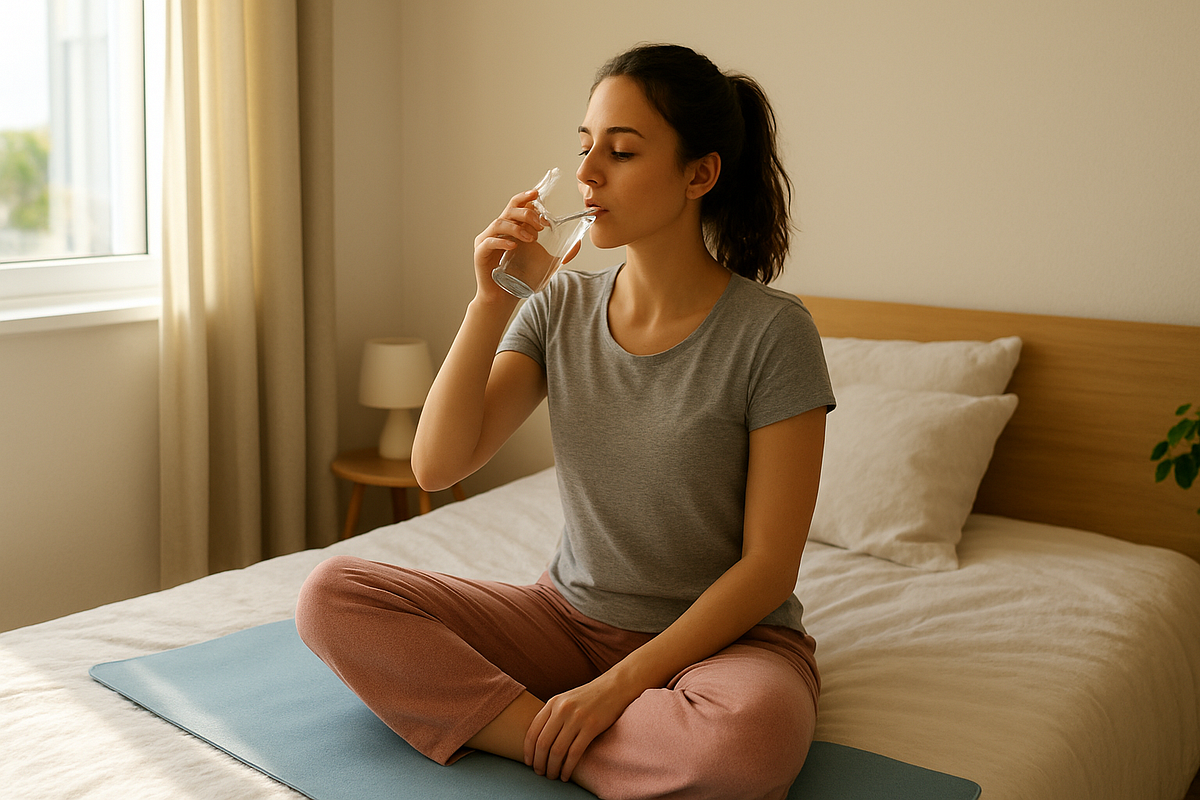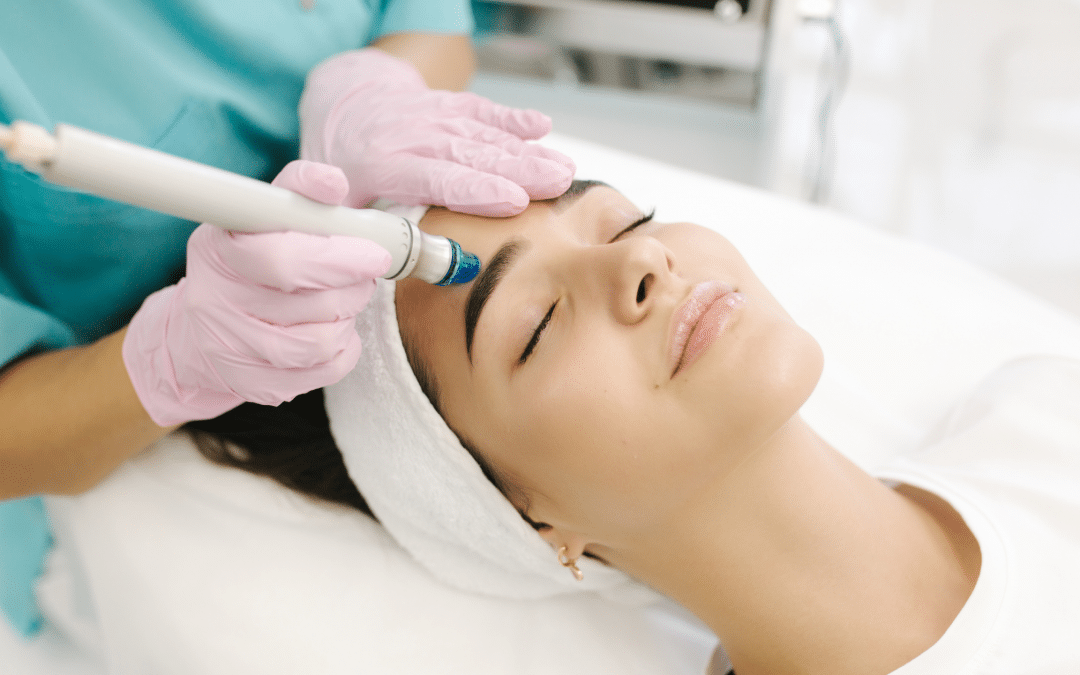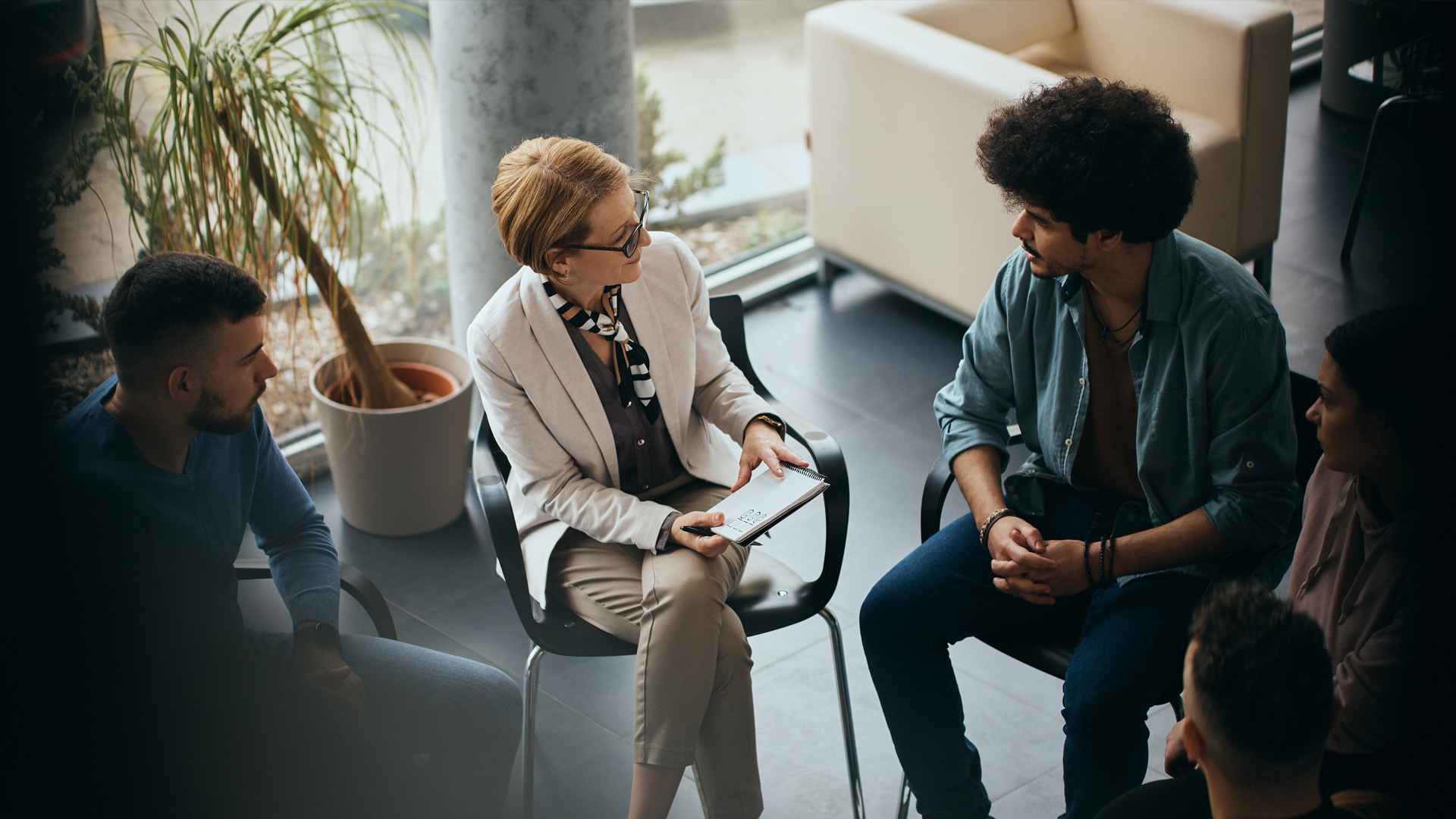
Overactive bladders (OABs) are characterized by a persistent urge to urinate. This condition can be very difficult to control. This is a global ailment that impacts millions of people. Overactive bladder treatment options have improved and provided relief for many people. This article discusses some of the overactive bladder treatments and how these innovations could help those suffering from the condition.
Comprehending Overactive Bladder Treatment
Before you can begin treatment, it is important to understand what an overactive urinal (OAB) means. OAB has a wide variety of symptoms.
- Urgency: The sudden, strong desire to urinate.
- Frequency: Urinating more than eight times during 24 hours.
- Nocturia: The condition of Nocturia, which is characterized by waking up repeatedly at night to urinate.
- Urge Incontinence: Involuntary leakage of urine after an urgent urge for urination.
Symptoms can be caused in many ways, including by neurological conditions or diabetes. Infections and certain medications may also cause symptoms. OAB’s exact cause remains unknown in many cases.
Drugs
Treatments for overactive bladder are based primarily on medication. Recent developments have brought new drugs to market and improved the formulation of old ones.
- Agonists of Beta-3 Adrenergic Receptors: Some medications target beta-3 hormone receptors to help the bladder relax and hold more urine. These drugs are a good alternative to traditional anticholinergics.
- Anticholinergics: Though not a new medication, its formulation has improved. Some drugs, such as tolterodine or solifenacin, block acetylcholine. Acetylcholine is the chemical that triggers contractions of the bladder. Extended-release preparations increase patient compliance and reduce side effects.
Neuromodulation
Neuromodulation is a treatment that involves electrical stimulation. It’s a proven way to treat OAB.
- SNS (Sacral Nerves Stimulation): SNS, also known as Sacral Neuromodulation, involves the installation of a stimulator that stimulates your sacral muscles, which are crucial for bladder control. This treatment has been proven to reduce OAB symptoms.
- (Percutaneous Tibial Nerve Stimulation): A less invasive alternative, PTNS stimulates the tibial via a needle electrode inserted near the ankle. The electrical impulses pass up the nerve and modulate bladder function. The sessions last about 12 weeks.
Botox Injections
Botulinum toxin injections (Botox), a powerful tool for treating overactive urination, are now widely used. Botox temporarily paralyzes the bladder muscles to reduce unintentional contractions. Botox injections are made directly into the bladder wall using a Cystoscope. The effects last for months, and this treatment is beneficial for patients who are not responding to oral medications.
Laser and Radiofrequency Therapies
Radiation and laser therapies are two of the most popular minimally invasive technologies.
- Therapy: This therapy uses laser energy to stimulate collagen production in the bladder tissue and improve tissue stability. This can be used to reduce bladder leakage or overactivity.
- Radiofrequency therapy: This method uses radiofrequency power to shrink and heat the bladder, reducing overactivity. Both laser therapy and radiofrequency treatment are minimally invasive outpatient procedures. They show promising results with OAB symptoms.
Regenerative Medicine
Regenerative Medicine is a fascinating frontier in treating overactive bowel syndrome. PRP therapy, a technique that uses platelet-rich serum plasma to regenerate bladder tissue, is currently being researched for its potential. PRP involves injecting the patient’s platelets into the bladder to promote healing. While these treatments are in their early stages of testing, they offer hope for a more durable solution.
Lifestyle And Behavioural Therapies
Behavioral therapy and lifestyle changes continue to be crucial in managing OAB, but recent advances have made this approach more effective.
- Urinary Training: Urinary training programs are designed to help reduce urgency and increase the time between voiding. Techniques like scheduled vaginal voiding and urge-suppressing strategies are tailored according to the individual’s needs.
- Nutritional Adjustments: Avoiding trigger foods such as alcohol, spicy food, and caffeine can reduce OAB symptom severity. Personalized diets based on recent research can be more effective at treating symptoms.
- Kegel Exercises: These exercises are also known as pelvic floor muscle strengthening exercises that improve bladder control. Biofeedback technologies and virtual reality have improved the effectiveness of this exercise by providing feedback in real-time and motivating you to continue.
Conclusion
Overactive Bladder Treatments are evolving, offering hope for those with this challenging condition. OAB treatments are becoming more innovative, ranging from advanced neuromodulation methods and medications to Botox treatment, laser therapy, and regenerative medicine. These treatments, combined with lifestyle and behavior interventions, can dramatically improve patients’ quality of life.
If you suffer from symptoms of overactive urination, talk to your doctor to find out the best treatment for you. With the advancements in medical science, it is easier than ever to find better ways to manage OAB and get relief.






